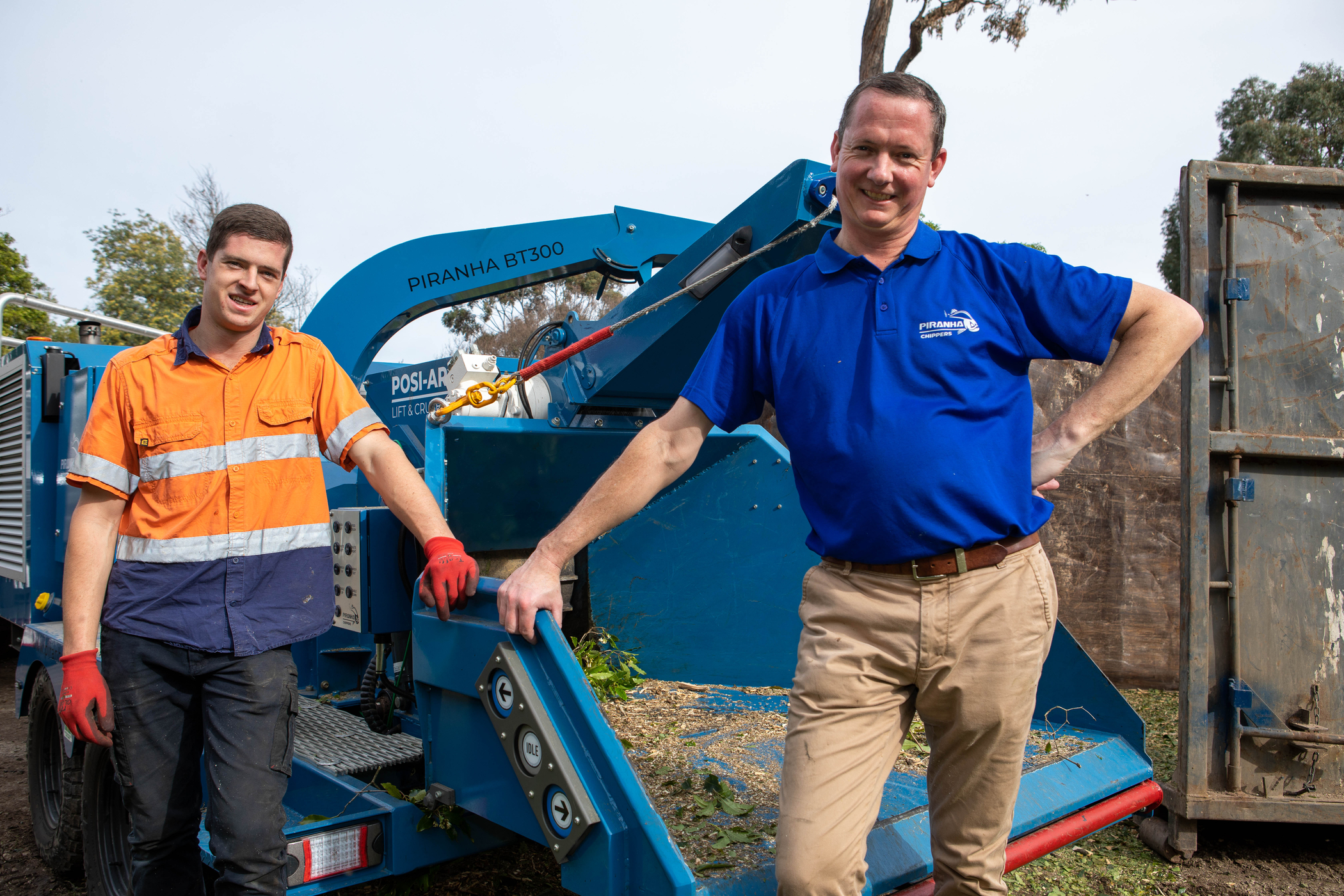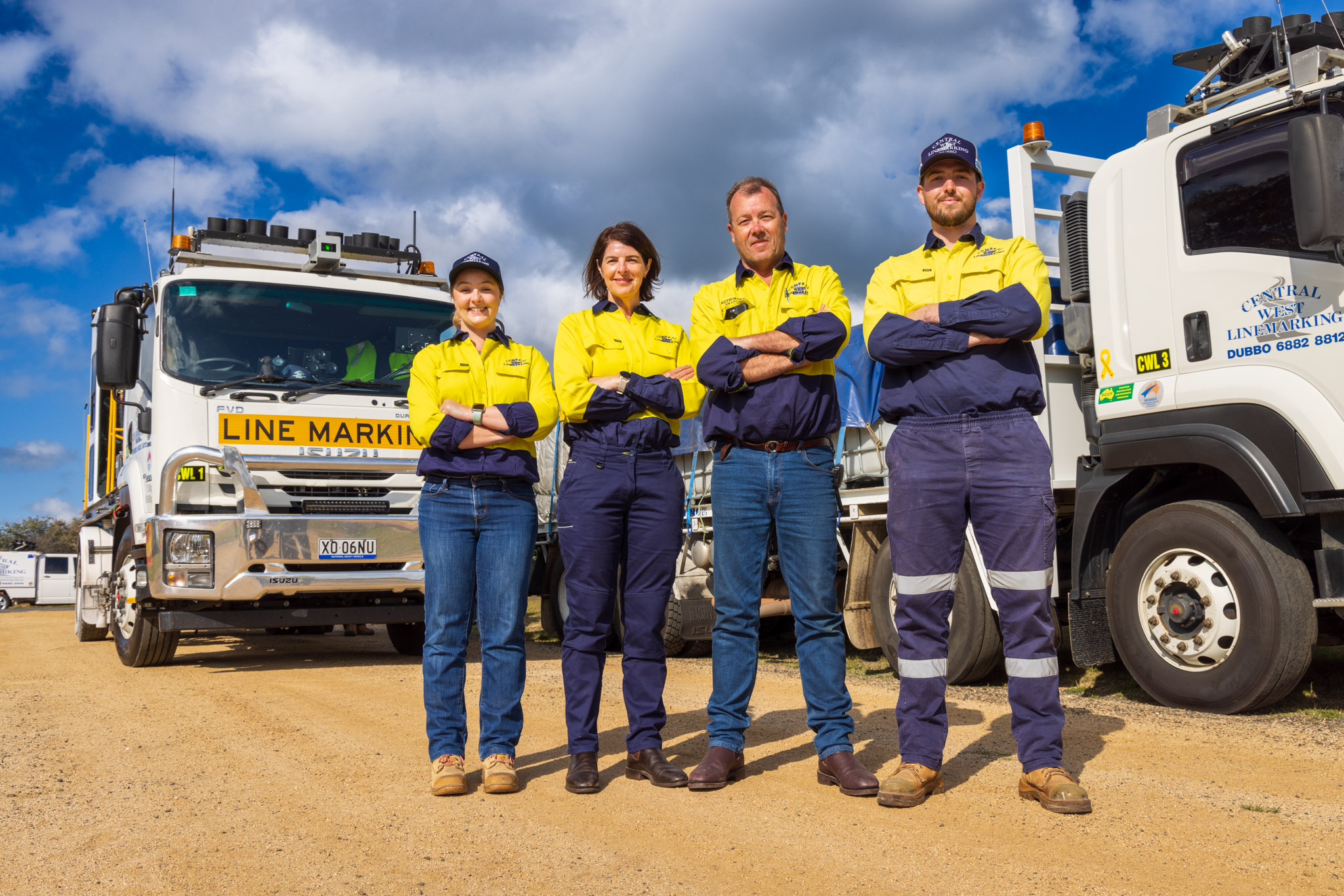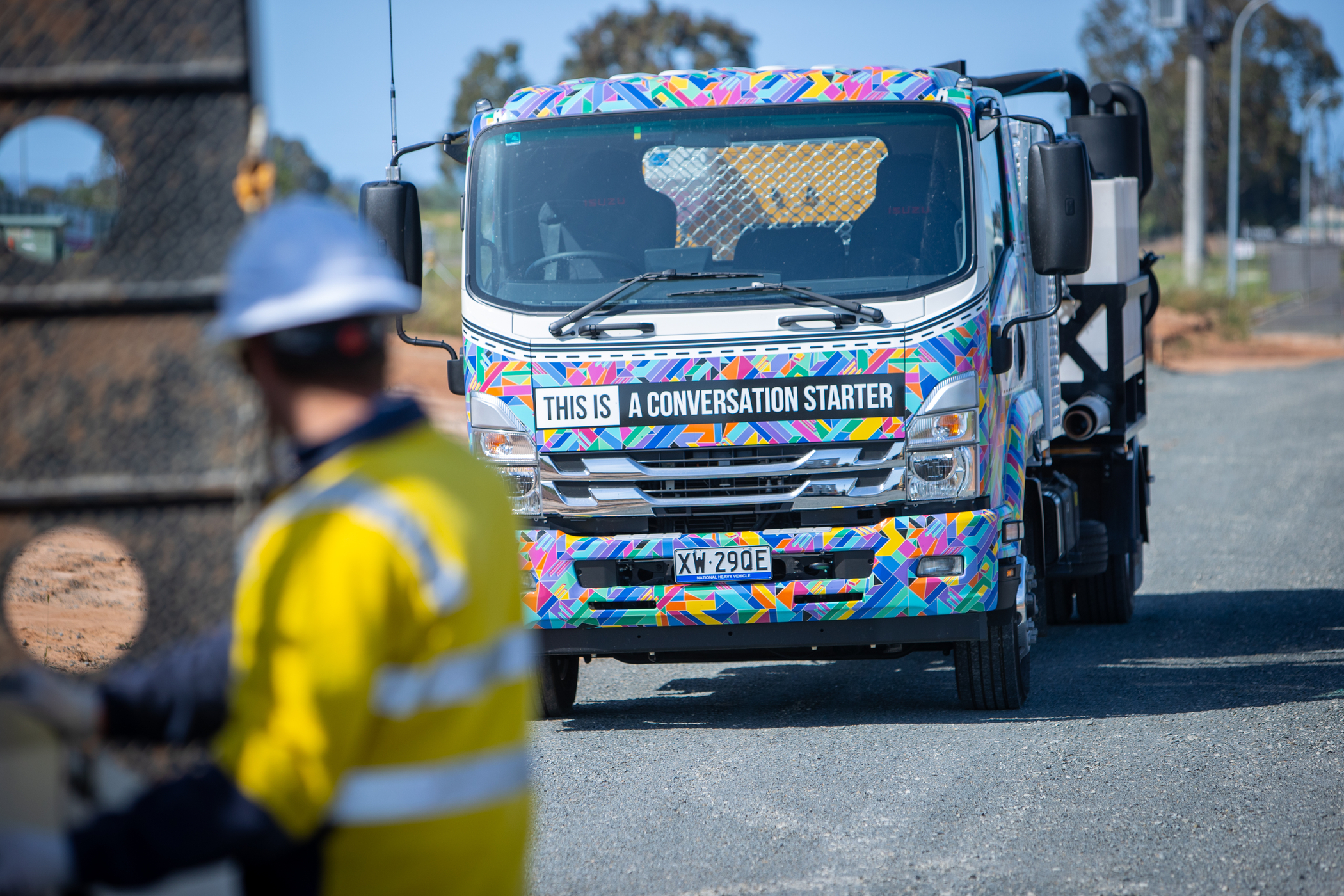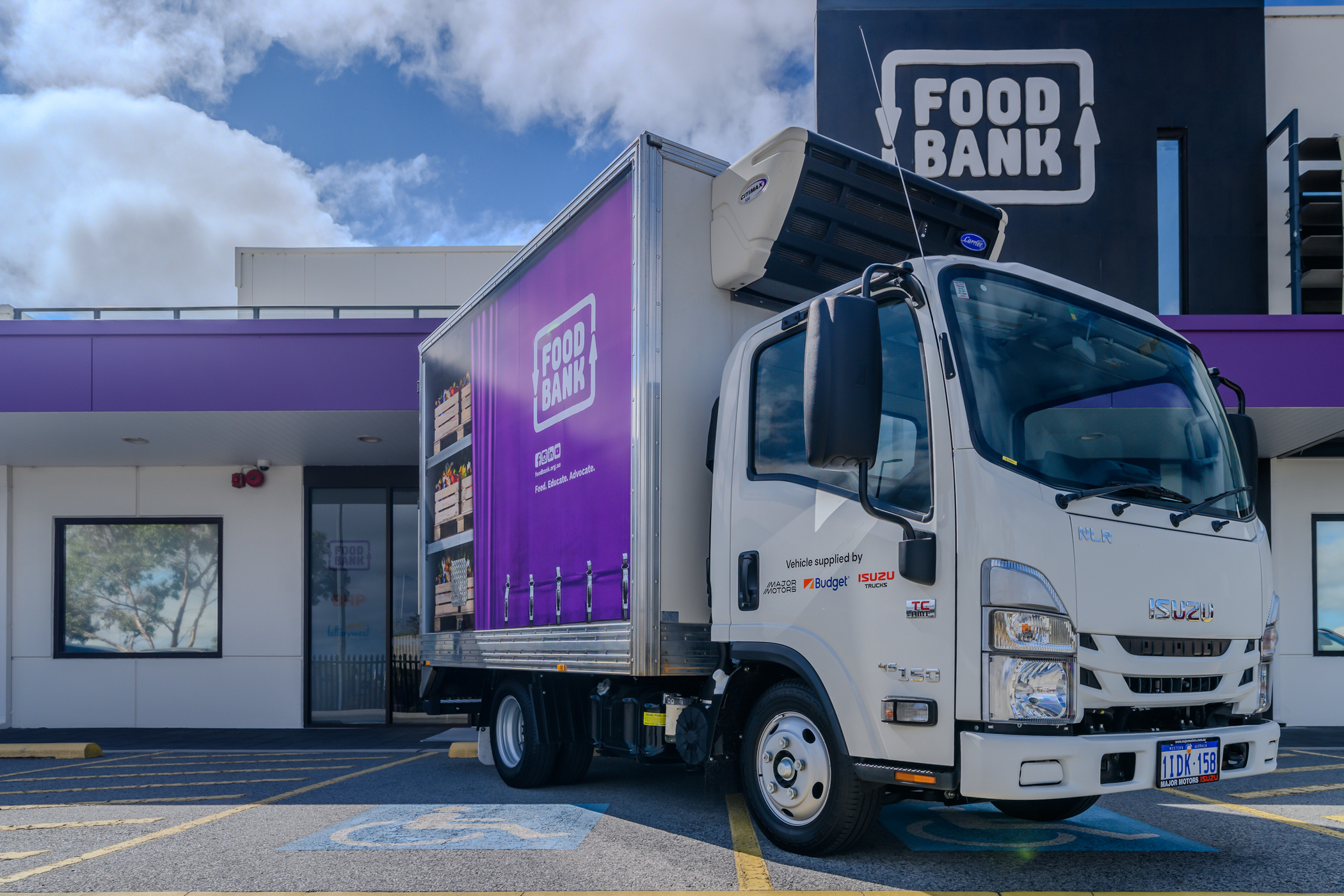Towing Capacity Myths

Heading out for a holiday with your caravan in tow, or bringing back a trailer full of gear from Bunnings? Do you know the laws and regulations surrounding your towing capacity?
Your true towing capacity is what is safe for your vehicle to tow, which is often much lower than the advertised towing capacity. Not paying attention to this could void your insurance, and could also result in a pretty hefty fine. Although the laws vary from state to state—which makes it even more confusing—they don’t differ by much. The easiest way to ensure you’re not towing beyond the legal limits is to check out the exact towing regulations in your state before heading out. Your vehicle’s true towing capacity is not the number you see on a specifications sheet or what’s advertised online, but it can be worked out with simple maths. So how can you calculate your towing capacity? In order to calculate it (and we advise getting your calculator out for this), you’ll need to understand a few terms first. Towing terms by the truckload Overall, your set-up shouldn’t exceed your gross combination mass (GCM), which is the maximum combined allowable weight of the trailer, tow vehicle, load and passengers. GCM = GVM + GTM When you acquire your vehicle, you’ll probably be made familiar with what its GCM and gross vehicle mass (GVM) are. But what about gross trailer mass (GTM)—how is that derived? Here in this article, we’ll make towing capacity easier to understand (and calculate) with a few handy explanations. Kerb weight Kerb weight (KW) refers to the weight of the vehicle, including one driver (no passengers), oil and a full tank of fuel. Payload The total weight that the vehicle can carry, which includes your occupants, luggage, tow ball mass (TBM) and any other accessories that aren’t stock standard. Payload = GVM – KW Tow ball mass Tow ball mass (TBM) is the percentage of weight (down force) exerted on the vehicle’s tow ball from the tow load. This needs to be kept in the range of 7%–15% to ensure the vehicle is stable and reducing the risk of fishtailing. Gross vehicle mass The maximum weight of the vehicle allowed, including all of its occupants, luggage, accessories and TBM. GVM = KW + Payload + TBM Tare mass The net weight of the trailer with standard accessories, empty water tanks and empty gas cylinders as at the time of manufacture. This should be visible from the trailer’s compliance plate. Towing capacity Also known as aggregate trailer mass (ATM), your vehicle’s towing capacity is the maximum combined weight that your towing vehicle can legally tow. This legal limit includes a full trailer, fluids not coupled with the vehicle, and the TBM. Gross trailer mass The gross trailer mass (GTM) is the weight of the loaded trailer when hitched to the tow vehicle. GTM = ATM – TBM Confused? You’re not alone So many different factors go into calculating your vehicle’s towing capacity—if only the advertised towing capacity were what it would really be in the real world! As we can see from the above, many factors and combinations such as GTM can change the towing capacity (and it also comes down to how much and what you’re transporting!). Your best bet is to speak to your vehicle manufacturer to ensure your tow load–trailer–vehicle combination is legal and safe. Additionally, each time you travel with a trailer or caravan, be sure to head to a weighbridge to ensure you’re within the legal weight limits. You never know how much you’ve packed in your car. Going over your allowed weight can cop you a serious fine. Power the truck up With the limited real-world towing capacities of vehicles such as utes, it would be more efficient and less worrying to use a truck. This is especially so if you’re keen on eliminating the stress and endless calculations over how much exactly you can tow—while keeping in mind that a whole host of other factors like number of passengers, fuel tank volume etc all affect towing capacity. There’s a wide variety of light-duty trucks that can be driven with a car licence, meaning there’s no need to go out of your way to get a truck licence if you’re thinking of trading up to a truck. This way, you’ll have a much higher payload for all your needs and you’re not bogged down by towing capacity restrictions. And with so many different truck styles and variations to choose from, such as pre-bodied trucks, trucks can be the better choice. The Paxtons did this, upgrading from a four-wheel drive to a truck for their caravanning adventures. Other considerations Other factors to consider include fitting towing mirrors to see behind your van, making sure number plates are not obscured, registering your caravan, the length of your vehicle, adhering to maximum towing speeds, being aware of trailer sway and ensuring secure coupling. And always be sure to read up on trailer regulations for the state you’re travelling to or within. The Vehicle Standards Bulletin 1 is a great place to start at as the federal safety standards for small trailers. Happy towing! Thinking of switching up to a truck? Maybe you’d get lucky in the Isuzu Ready-to-Work Takeaway Truck competition!


The all-new Isuzu truck range is about to arrive.
Register your interest and we'll keep you in the loop with the latest updates.
Learn More



